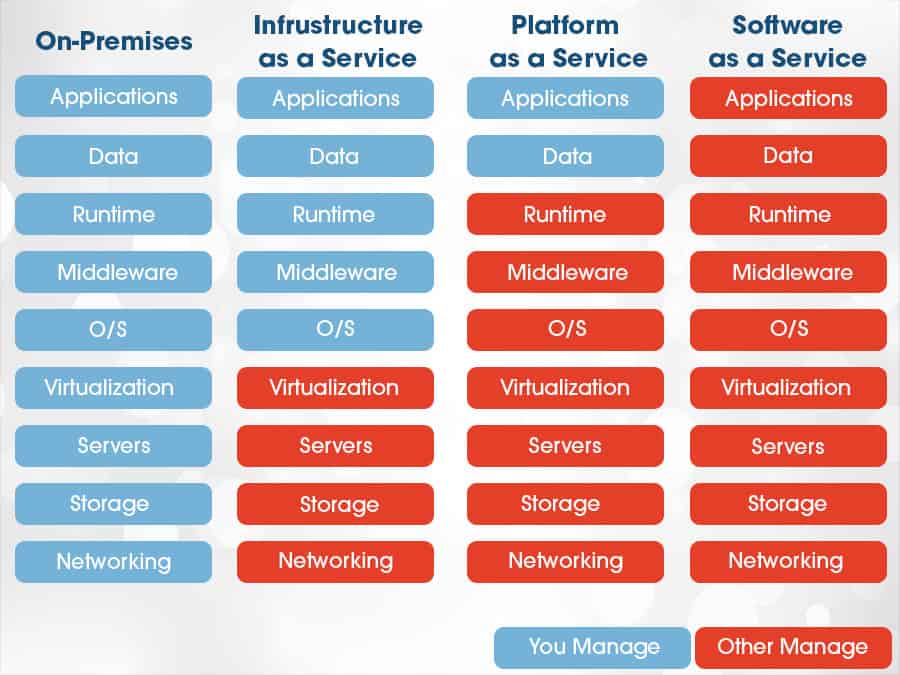Boost Your Company with Cloud Services: An Overview to Modern Solutions
Wiki Article
Achieve Seamless Scalability With Cloud Solutions
In the ever-evolving landscape of cloud solutions, achieving seamless scalability stands as a keystone for modern-day organizations seeking to stay versatile and competitive. The mission for smooth scalability with cloud services reveals a world of opportunities for those willing to welcome the transformative power of dynamic resource administration.Advantages of Cloud Scalability
Cloud scalability offers organizations the versatility to dynamically readjust resources based on demand, making certain ideal performance and price performance. Furthermore, cloud scalability advertises advancement and testing by allowing services to easily evaluate new concepts and scale them as required. Inevitably, the benefits of cloud scalability extend past cost financial savings to encompass better efficiency, agility, and technology.Key Functions for Scaling
Efficient scaling in cloud solutions depends on key attributes that make it possible for organizations to adjust resources dynamically based on demand. One more essential function is scalability, enabling systems to take care of increased workload by including sources seamlessly. Overall, these key features collectively encourage companies to accomplish smooth scalability in cloud solutions.Applying Auto-Scaling Approaches
To successfully maximize source allowance and adapt to varying workloads, organizations need to tactically implement auto-scaling techniques in their cloud solutions framework. Auto-scaling permits systems to immediately readjust the number of calculate sources based upon real-time demand. There are various auto-scaling approaches that companies can employ, such as predictive scaling, which utilizes historical information to forecast future resource requirements, and reactive scaling, which responds to present workload modifications.Ideal Practices for Scalability
For organizations aiming to improve their scalability in cloud solutions, applying ideal techniques is crucial for optimal performance and source management. One key finest method is developing applications with a microservices style. This technique breaks down applications right into smaller sized, independent solutions that can be released, upgraded, and scaled separately, permitting greater versatility and scalability.One more crucial method is using containerization technology, such as Docker or Kubernetes. Containers make it possible for the packaging of applications and their reliances into separated devices, making it simpler to scale elements individually and release them constantly across various atmospheres.
Additionally, implementing automated deployment and facilities as code (IaC) can improve scalability efforts (linkdaddy cloud services). Automation tools like Terraform or Ansible aid in provisioning and managing sources efficiently, decreasing manual errors and allowing fast scalability
Furthermore, monitoring efficiency metrics, establishing notifies, and carrying out regular capacity preparation are crucial practices to guarantee aggressive scalability monitoring. By adhering to these finest practices, companies can attain smooth scalability in their cloud services while optimizing performance and source utilization.
Tracking Efficiency Metrics
When evaluating the performance of cloud services scalability, carefully keeping track of performance metrics is critical for making sure ideal capability and resource allocation. By continually tracking vital performance indicators (KPIs) such as action times, throughput, latency, and resource utilization, organizations can get valuable insights right into the wellness and performance of their cloud infrastructure. Monitoring efficiency metrics permits the very early discovery of prospective bottlenecks or issues that could affect scalability, allowing aggressive procedures to be required to address them prior to they intensify.

Conclusion
Finally, achieving smooth scalability with cloud services is vital for companies to optimize efficiency, improve technology, and preserve high performance levels during peak times. By leveraging the linkdaddy cloud services press release benefits of cloud scalability, applying auto-scaling strategies, making use of vital features such as flexibility and automation, and following ideal methods like application design and performance monitoring, companies can effectively scale their systems while making the most of resource usage and performance.The quest for seamless scalability with cloud services introduces a globe of opportunities for those willing to accept the transformative power of vibrant resource monitoring.
Cloud scalability supplies companies the versatility to dynamically readjust resources based on need, guaranteeing optimum efficiency and price performance. Another key function is scalability, enabling systems to handle increased workload by including resources perfectly.For companies aiming to enhance their scalability in cloud solutions, applying best methods is crucial for optimal performance and source monitoring.When evaluating the efficiency of cloud services scalability, carefully checking performance metrics is critical for making certain optimum performance and resource allowance.
Report this wiki page